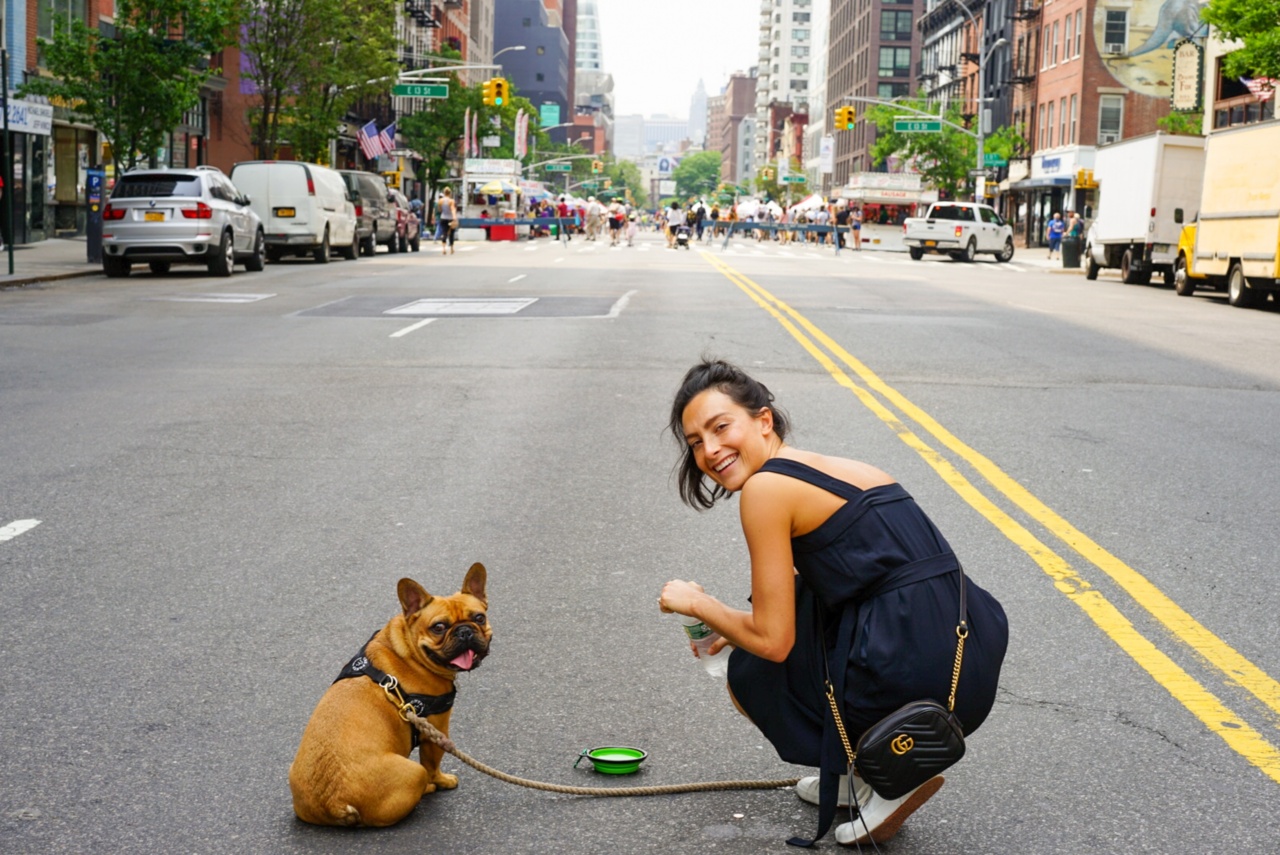Bringing a new pet into your home is an exciting time for the whole family. However, if you already have a dog, it’s important to prepare them for the arrival of their new furry friend.
Dogs can sometimes be territorial or get anxious when introduced to a new pet, so taking the necessary steps to ease this transition is crucial. This article will provide you with valuable tips and guidance on how to prepare your dog for a new pet.
1. Assess Your Dog’s Temperament
Before introducing a new pet into your home, it’s essential to assess your dog’s temperament and behavior.
Some dogs are naturally more friendly and accepting of other animals, while others may be more reserved or have a history of aggression. Understanding your dog’s personality is crucial in determining how they may react to a new pet.
2. Socialize Your Dog
If your dog lacks socialization skills, it’s important to work on this before introducing a new pet. Exposing your dog to different environments, people, and other animals will help them become more comfortable in new situations.
Consider enrolling your dog in obedience classes or organizing playdates with other dogs to enhance their social skills.
3. Gradual Introductions
When bringing a new pet home, it’s essential to introduce them to your dog gradually. The first meeting should be done in a neutral space, such as a park, to avoid territorial issues.
Use a leash for both animals during the initial interaction and closely monitor their behavior. If there are any signs of aggression or fear, separate them and try again after some time.
4. Scent Introduction
Animals rely heavily on scent to familiarize themselves with their surroundings. Before the face-to-face introduction, exchange bedding or toys between your dog and the new pet.
This will allow them to get accustomed to each other’s scents and help create a sense of familiarity when they finally meet.
5. Supervised Interactions
During the early stages of their relationship, it’s crucial to always supervise your dog and the new pet when they are together. Keep them in separate areas of the house when you are not around.
Gradually increase the duration of their interactions, always ensuring that both animals are calm and comfortable.
6. Separate Spaces
Each pet should have their own designated space, complete with food, water, and bedding. This will allow them to retreat to their safe space whenever they need solitude or feel overwhelmed.
It’s important to give each pet time alone and not force them to constantly interact with each other.
7. Positive Reinforcement
Positive reinforcement is an effective training tool for both dogs and new pets. Whenever your pets interact peacefully or display good behavior around each other, reward them with treats, praise, or playtime.
This will create positive associations and encourage them to continue behaving appropriately.
8. Avoid Favoritism
As a pet parent, it’s crucial to avoid favoritism and treat both animals equally. Giving one more attention or privileges can result in jealousy and rivalry.
Ensure that each pet receives individual attention and love to prevent feelings of exclusion.
9. Time Management
Introducing a new pet requires time and patience. It’s essential to allocate enough time for each pet’s individual needs, as well as joint activities.
Dogs, in particular, require regular exercise and mental stimulation, so make sure you provide them with the attention they need to prevent behavioral issues.
10. Consult a Professional
If you are unsure how to proceed or encounter any challenges during the introduction process, don’t hesitate to seek professional help. A certified dog trainer or animal behaviorist can provide expert advice tailored to your specific situation.
Conclusion
Preparing your dog for a new pet is a gradual process that requires patience, consistency, and understanding.
By assessing your dog’s temperament, socializing them, and facilitating gradual introductions, you can ensure a smooth transition for both your existing dog and the new pet. Remember to provide supervision, positive reinforcement, and individual attention to each pet, allowing them to adapt and build a healthy relationship over time.
























